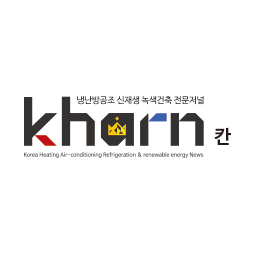On the 24th, the Ministry of Land, Infrastructure and Transport (Minister Kim Hyun-mi) announced some amendments to the detailed standards for construction supervision (detailed tasks for construction safety innovation plans), including these details.
The main contents of the amendment to the construction supervision detailed standard are △confirmation and review of the work plan on the principle of’work after preliminary review’ △prohibition of simultaneous work in processes with high fire risk △substantiation of non-resident supervision for small-scale construction.
First of all, according to the work principle, the construction supervisor should review and confirm the work plan containing the work details and safety measures in advance when working on a hazardous process with a high risk of accidents such as a fall or fire in accordance with the work principle. . Public works have already been implemented since April 2019, and in the future, they will be applied to private works to prevent damage to people and property.
Concurrent work is also prohibited in processes with high fire risk. In the same space as in the case of a fire accident at the Icheon Logistics Center, combustible material handling work and firearm handling work such as welding were carried out at the same time, which led to a large fire accident. However, exceptions are allowed only when the construction supervisor confirms that there is no oil vapor due to sufficient ventilation or installation of machinery for the discharge of oil vapor, and there is no obstacle to safety.
Non-resident supervision of small-scale construction is also improved. In the case of the supervision of a small-scale construction with a total floor area of 2,000 square meters, there was a limit to securing quality and safety for processes such as excavation as the site visits and checks only some processes as non-resident supervision.
In small-scale construction, the supervisor visits and checks the site: △When the rebar arrangement is completed during the basic construction △When the roof slab is assembled △When the upper slab is laid out (assembly of the main structure) is completed on every 3 to 5 floors above the ground, etc. to be.
In the future, the process and frequency of on-site visits will be expanded, and it will be specified in the detailed supervision criteria from at least three to nine revised to ensure quality and safety for major processes. The six additional processes are: △Check the site and permit documents at the start of construction △Check the excavation and norm frame △Complete reinforcement on each floor △Completed insulation and window work △Completed finishing work △Before application for use inspection.
An official of the Ministry of Land, Transport and Maritime Affairs said, “It is expected that it will be very helpful in preventing safety accidents at the construction site by applying the site-oriented standards for supervision.” The two-story floor area will be significantly expanded to more than 2,000m2, and the system will continue to improve, including the revision of the Building Act Enforcement Decree, which includes the mandatory placement of a supervisor in charge of safety management other than construction supervision.”
– .


